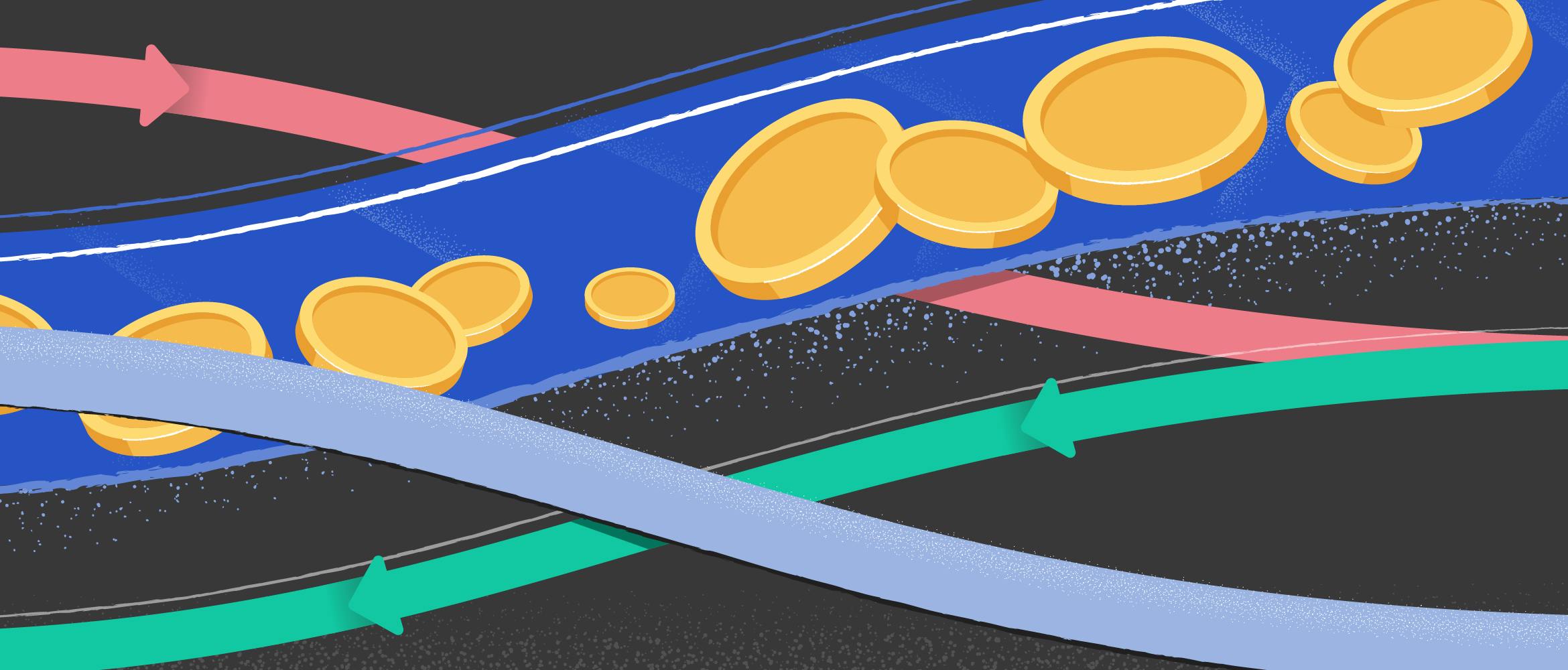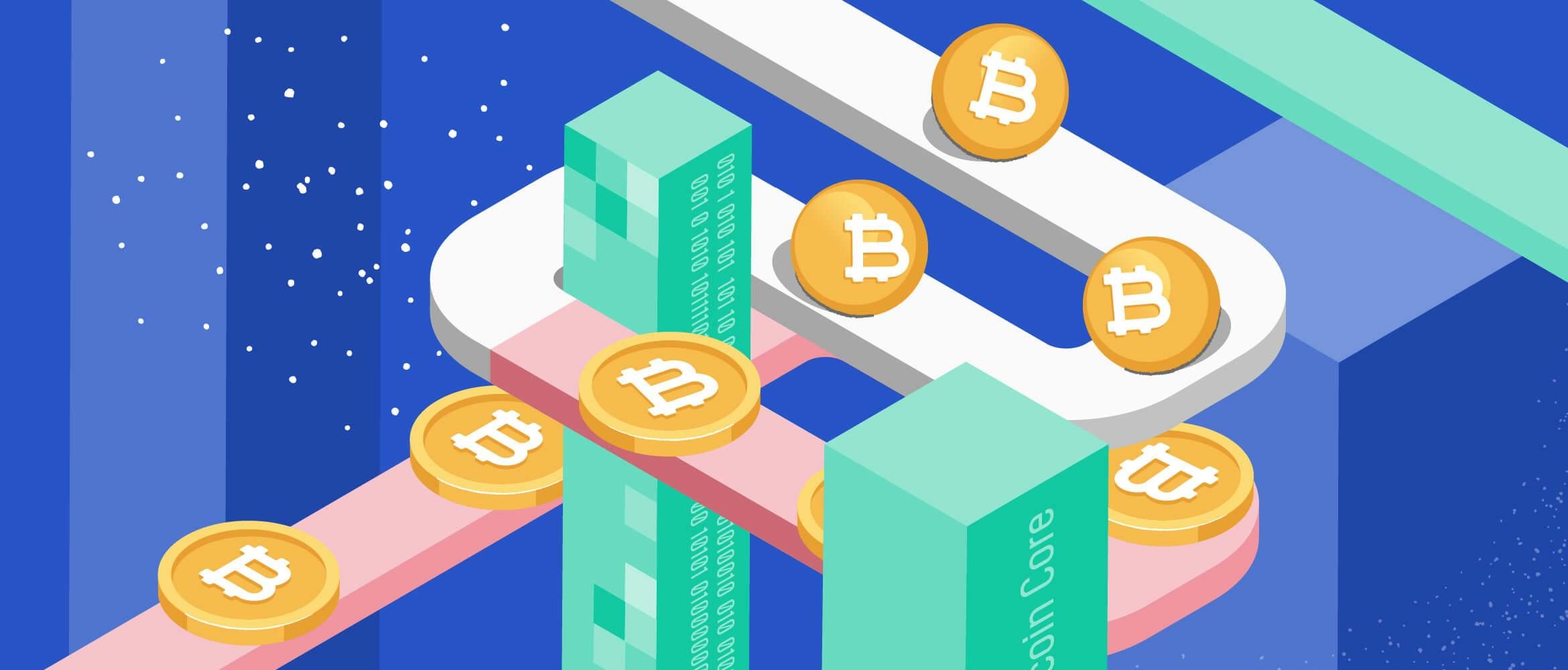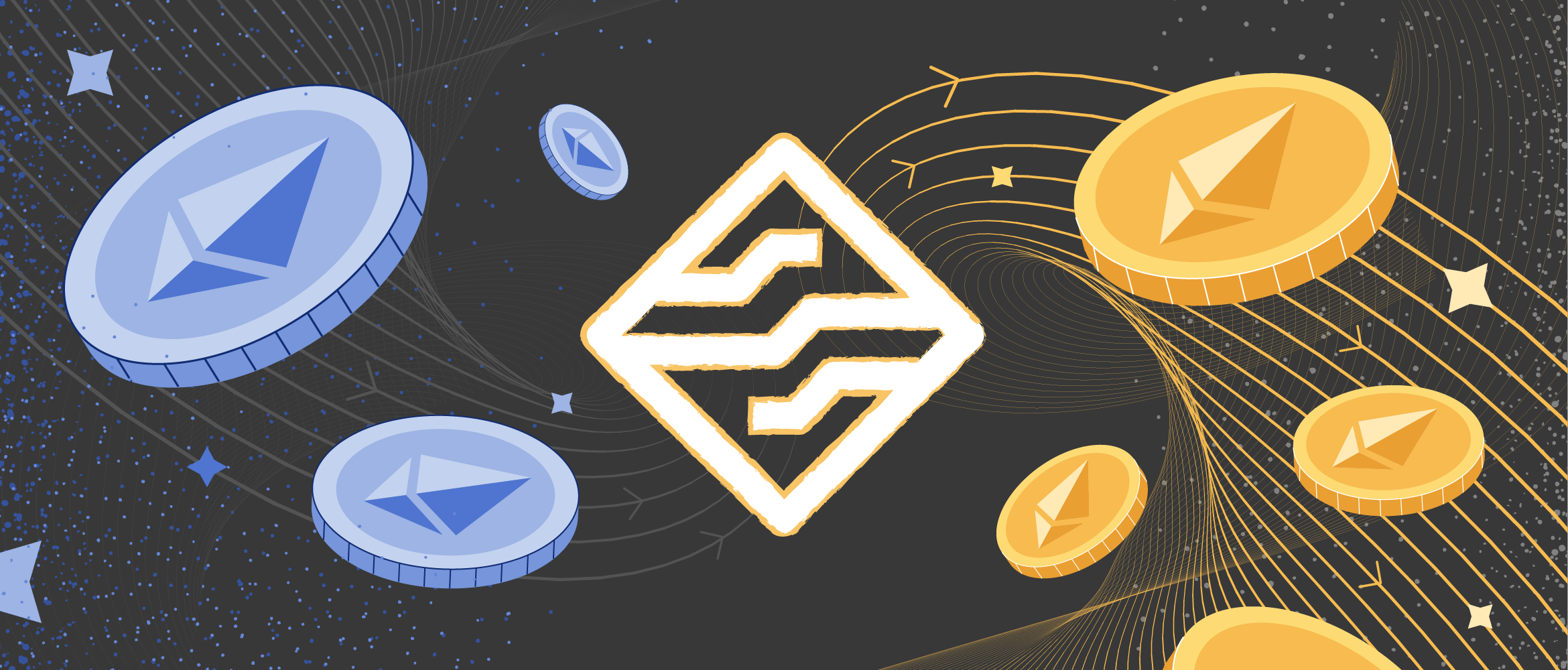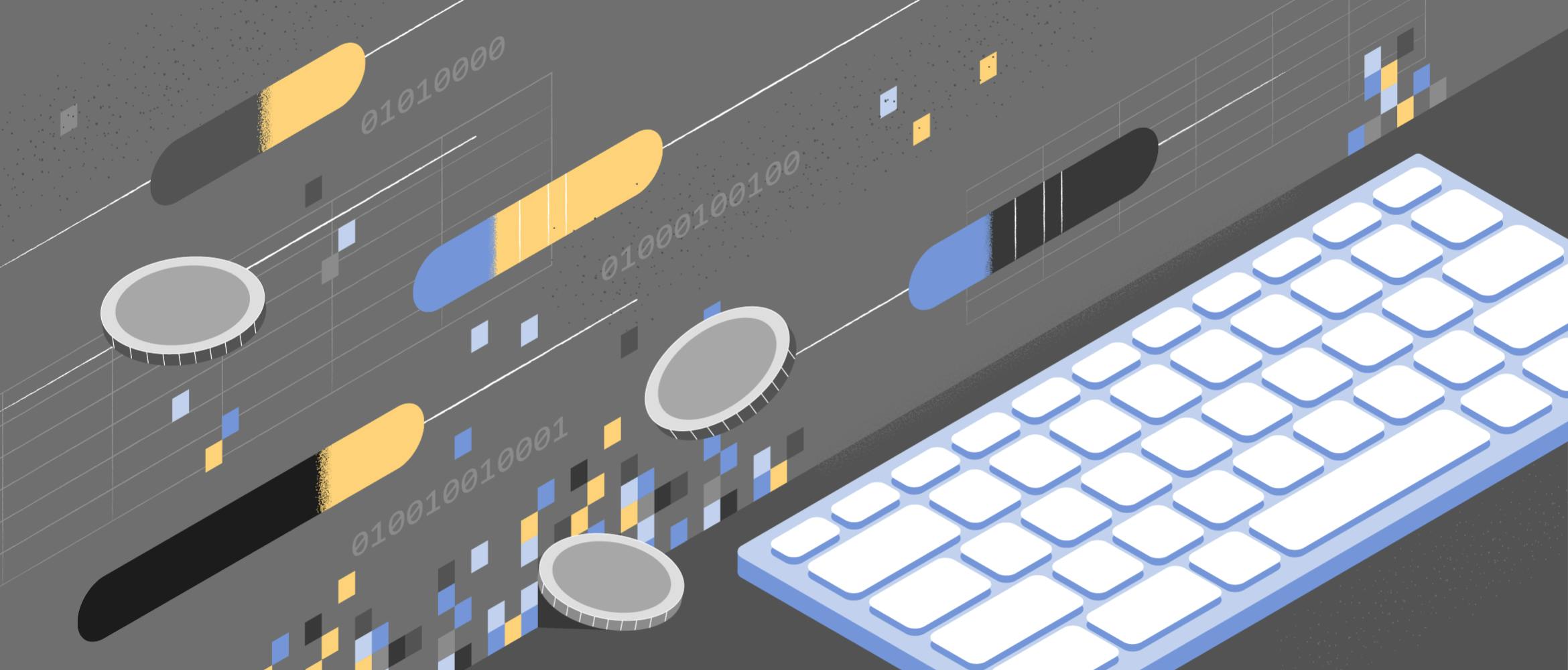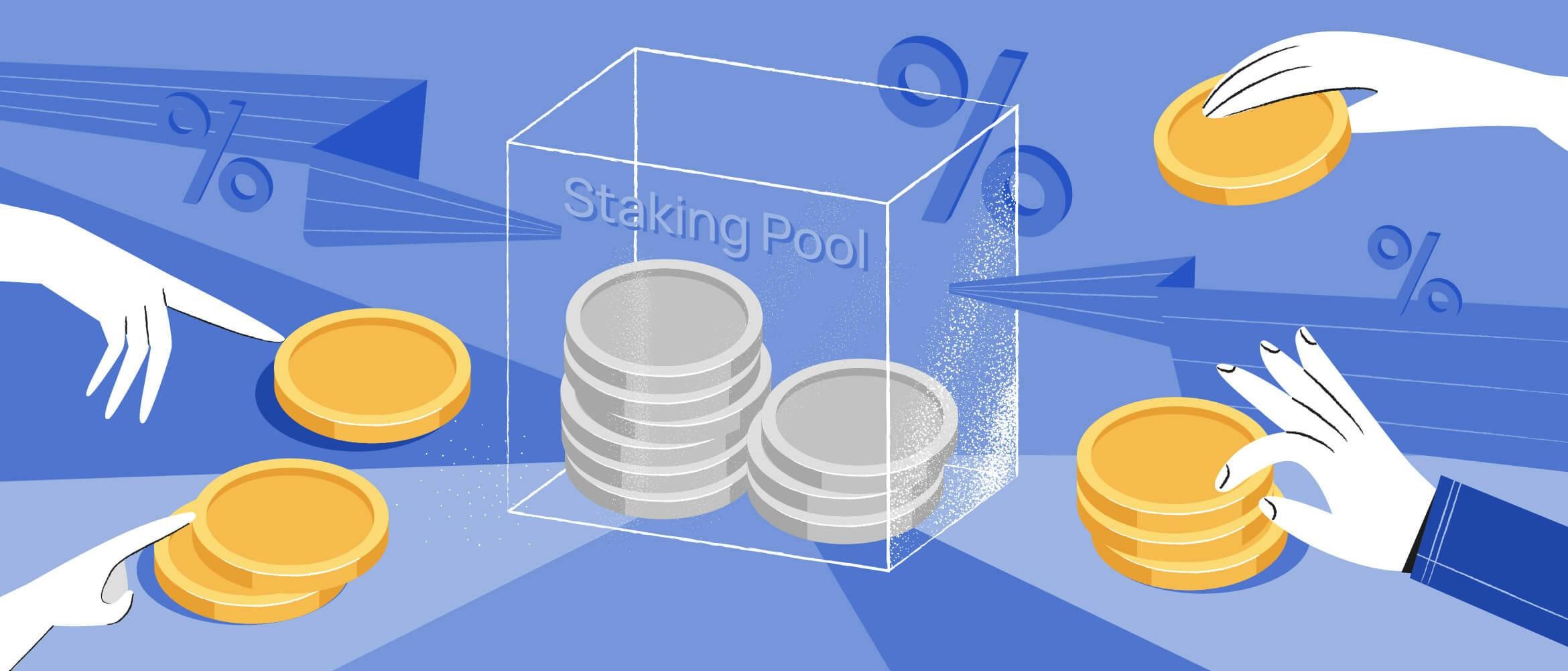
- All
- Tools
- Analytics
- Technical Analysis
- Trading
- Blockchain
- DeFi
- Guides
- Company News
- Educational
- Opinion
- Price Predictions
- Market News
- News
- Trading cases
- Practical guides
- Exchanges
- Trading signals
- Cryptocurrency
- Crypto bots
- Other
Become a crypto master
Learn everything about crypto,
trading and bots

Mainnet
Start Trading on 3Commas Today
Get full access to all 3Commas trading tools with free trial period

Mainnet in cryptocurrency
Mainnet is a blockchain network that provides the functionality of transferring digital assets in a form of cryptocurrency between senders and recipients. The mainnet definition implies that the network is fully developed and all the transactions are verified and recorded on the blockchain. Every crypto project runs on a blockchain network, where all transactions take place on a distributed ledger. However, establishing a functioning mainnet is a time and resource-consuming process, which might be risky to actuate right away. This is the main reason why the practice of launching testnet prototypes has become so common among project developers.
What is testnet?
Unlike mainnet, the blockchain network in this stage does not include the full set of features. While it isn’t capable of running on the full capacity, its main purposes are risk-free troubleshooting of different areas of the blockchain network performance as well as demonstrating its capabilities to the investors and interested parties. Developers also use testnet phase to check if the functionality of the network corresponds to what white paper claims.
Mainnet launch and its effect on tokens
Let’s take a look at a brief description of the mainnet launch process. It consists of the following stages:
- If the project team needs to raise funds for the development of the mainnet, setting up an Initial Coin Offering (ICO) is the first step.
- The funds it brings are then used for the creation of the blockchain network’s prototype in the testnet phase.
- Only after adjusting the functionality and fixing any potential problems, the team launches the mainnet of the blockchain network.
What is Initial Coin Offering?
Initial Coin Offering, or ICO for short, is one of the most common methods of raising funds for projects withing the crypto space. The main purpose of the ICO phase is to attract early supporters by offering them generated blockchain-based tokens in exchange for their money.
Teams can also use ICOs even when the blockchain network already has an up and running mainnet. In this case, users exchange their money for the network’s native mainnet coin.
If the blockchain isn’t fully functioning yet, investors receive tokens of an established network, which they will be able to swap after the mainnet goes live.
The majority of developing projects issue tokens on blockchains that use smart contracts. Even though Ethereum with its ERC-20 token standard is the most common choice, a fair share of ICO issue tokens on other platforms. The flexibility and functionality of other protocols are also the reasons why many projects use them as the foundation for their networks and set no plans for moving to their own mainnet.
Initial Exchange Offering
An alternative fundraising event is an Initial Exchange Offering (IEO), which is similar to ICO in many ways. The key distinctive feature of IEO is that it’s conducted by an established exchange on a special fundraising platform like Binance Launchpad. Thus, investors can buy coins using their own exchange wallets. This makes IEO considerably easier to participate in, as the process doesn’t include managing on-chain transactions on multiple blockchains. It’s also beneficial for the project; using the services of a fundraising platform, it receives immediate exposure to its audience.
ICO, IEO, and IPO
An ICO/IEO is essentially a crowdfunding phase that might be characterized as an alternative to traditional startups. It has to be announced beforehand and run on a specific list of rules, which set a limit on the number of coins to be sold, establish a period the event will run for, or implement both approaches simultaneously.
Despite having a similar name to Initial Public Offering (IPO), its nature is fundamentally different. With IPO, businesses raise funds by selling partial ownership shares in their established companies. On the other hand, ICO investors don’t obtain any ownership in the company by purchasing tokens of its network.
How does mainnet launch affect project value?
Even though many investors consider the launch of the mainnet a bullish indicator, the way it affects token’s price is more complicated. In fact, studying real-world examples of the crypto market will reveal that the value of coins spikes up right after their mainnet launch because it increases investors’ confidence in the project. However, most networks also experience a significant drop in the prices after an initial jump.
Phenomenon might be caused by two reasons
- The project could fail to deliver promised level of functionality. For instance, actual transactions per second (TPM) speed during testnet phase might be considerably higher than what users get on the mainnet.
- Mainnet launch unlocks large volumes of tokens at a high price, which early investors immediately sell for making a profit.
The process of mainnet swap
Mainnet swap takes place when the crypto project changes the blockchain network. For the most part, it happens when a project switches from a third-party platform it used during the testnet phase, to its own mainnet. After the swap, users get their previously issued crypto tokens (usually ERC-20 standard) replaced with new native coins of the blockchain. Hence is the other name of the process – token migration/swap. This event usually takes place right after the mainnet launch.
Let’s take a look at BNB as an example. The Binance mainnet launch consisted of switching the Ethereum blockchain with Binance Chain (BC). Investors that held ERC-20 BNB coins had them replaced with BEP2 BNB tokens at a 1:1 ratio, meaning the value of 1 ERC-20 BNB was equal to 1 BEP2 BNB.
However, the mainnet swap doesn’t have to be associated exclusively with the appearance of new blockchain networks. It can also happen when projects change protocols. For example, Storj preferred a Bitcoin to Ethereum migrationtion to solve scalability issues.
The execution of every mainnet swap differs. Some projects set certain periods with deadlines for users to exchange the issued third-party tokens for new coins or else they may lose their funds as all of the remaining old tokens are burned after the swap is completed. In the case of Binance, the platform allowed users to leave their ERC-20 BNB tokens on the account and perform the swap automatically. Afterward, users could easily withdraw newly issued BEP2 coins from their wallets.
Crypto mainnet examples
Every blockchain network has its own peculiarities in terms of functionality and features, especially when it comes to those that run on their own mainnet. Let’s take a look at some of the most interesting examples to watch out for.
Nuls mainnet
The main aim of the project is a flawless user experience. The blockchain is very flexible due to its customizable modular infrastructure — it allows developers and users to replace/adjust modules according to their needs. Nuls also features a cross-chain proof of credit consensus mechanism that is possible because the network consists of multiple chains connected to the main one.
EOS mainnet
One of the most anticipated crypto projects that launched as a faster and more scalable alternative to Ethereum. EOS main function is in providing efficient tools for developing decentralized applications. Its main features include fast transaction speed due to parallel processing, availability of decentralized OS, and a unique set of rules for every mined block. Even though the network isn’t capable of processing millions of TPS, as was stated during testnet phase, it still has a lot of potential for further development.
Ethereum mainnet
With the help of this open-source, programmable public blockchain platform developers can create decentralized applications and smart contracts. It uses a proof of work consensus mechanism. Ether (ETH) is the native token of the Ethereum mainnet. Ethereum Requests for Comments (ERC) are the application-level standards of the platform. ERC-20 standard is the native coin for a number of ICOs because of its reusable nature.
Closing thoughts
As we approach the end of 2023, the rapidly evolving world of cryptocurrency and blockchain technology continues to showcase advancements and innovations. Central to this growth is the understanding of mainnet and testnet functionalities. Mainnet, the heartbeat of any cryptocurrency project, is a fully developed blockchain network that facilitates the transfer of digital assets. It is the culmination of time, effort, and resources, reflecting a project's maturity and operational readiness.
The development pathway often begins with a testnet, a precursor to the mainnet. This prototype allows developers to fine-tune the network, ensuring its features align with its foundational white paper. In addition to identifying potential flaws, the testnet serves as a platform for demonstration, giving stakeholders an opportunity to assess the project's potential.
Fundraising remains an integral component of cryptocurrency projects. Initial Coin Offerings (ICOs) and their newer counterpart, Initial Exchange Offerings (IEOs), serve as primary mechanisms for accumulating capital. While ICOs offer tokens in exchange for financial backing, IEOs provide a streamlined approach, leveraging existing exchange platforms. This nuance aids both investors, who find it easier to participate, and projects, who gain immediate visibility. However, it's essential to note that investing in ICOs or IEOs does not confer ownership of the developing company, unlike traditional Initial Public Offerings (IPOs) in the corporate world.
The launch of a mainnet can significantly influence the valuation of a crypto project. While historically, a mainnet launch often boosts investor confidence and drives token prices up, it's not unusual for prices to subsequently decline. Various factors, from not meeting anticipated functional levels to early investors cashing out, can contribute to this volatility.
Mainnet swaps or token migrations illustrate another facet of this dynamic ecosystem. These swaps occur when projects transition from one blockchain network to another. Such a move can result from the evolution from a third-party platform during the testnet phase to a project's proprietary mainnet post-launch. These swaps are not just restricted to new network launches; projects might also transition between existing protocols for reasons like scalability improvements.
Prominent examples of mainnets in the current crypto landscape include Nuls, with its adaptable modular infrastructure; EOS, which offers efficient tools for decentralized application development; and Ethereum, the open-source platform renowned for facilitating decentralized applications and smart contracts.
As 2023 draws to a close, evaluating the success of crypto projects entails examining if they operate on their mainnet. While the launch of a mainnet can augment investor confidence in a project's long-term prospects, it's imperative to approach investment decisions with a discerning eye, recognizing that token prices may fluctuate post-launch. As always, a thorough understanding of a project's foundations, functionalities, and future potential remains crucial for informed participation in this transformative domain.

A proven leader, successful at establishing operational excellence and building high-performance teams with a sharp focus on value creation and customer success.
